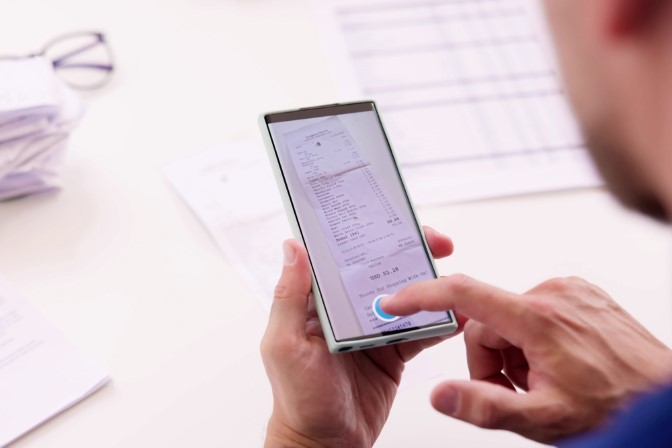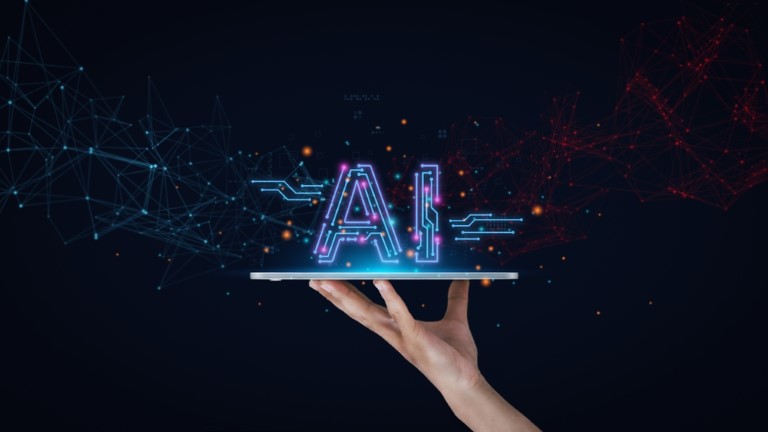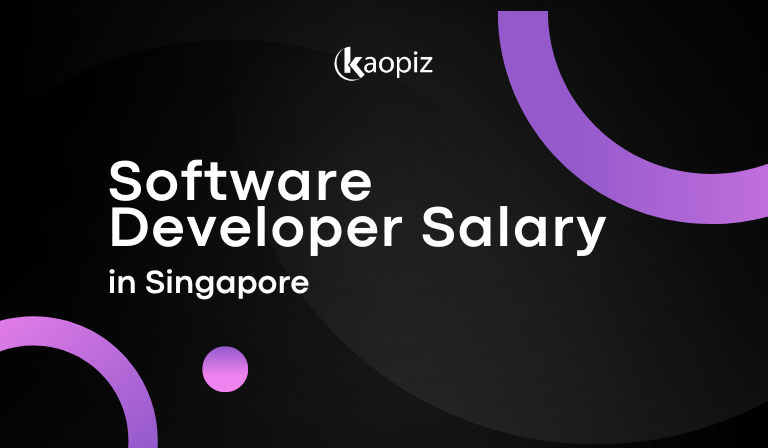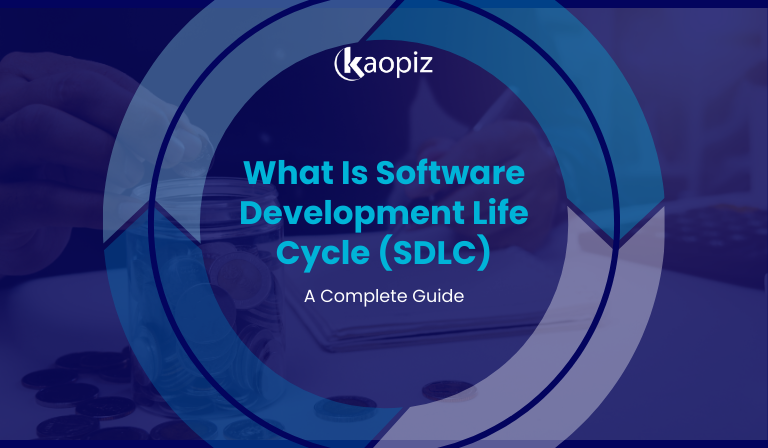OCR Technology: AI Text Extraction for Enhanced Business Efficiency
Optical Character Recognition (OCR) is a technology that acquires and extracts text using image recognition. By extracting text contained in images, it can automate tasks that previously required manual input by humans, reducing errors and improving efficiency. This article explains how OCR performs image recognition to extract text.
Table of contents
- 1. OCR is a text recognition technology utilizing image recognition
- 2. How OCR can extract text strings and generate transcripts from images
- Importing images containing text
- Extracting text strings from images
- Text generation through detailed analysis
- Saving as text data
- 3. AI technologies supporting OCR image recognition
- Identifying text string locations
- Analyzing written text strings
- Learning from incorrect analysis results
- 4. Business process improvements through OCR image recognition
- 5. Consider using Kaopiz OCR if you need image recognition
- 6. Summary
1. OCR is a text recognition technology utilizing image recognition
OCR is a technology that can recognize and convert various text formats into editable digital data using image recognition. It can recognize text in most images as long as there is written text. Previously, manual input by humans was necessary, but image recognition automates these tasks.

2. How OCR can extract text strings and generate transcripts from images
Importing images containing text
OCR requires images containing text strings. It recognizes text in images, so images are needed first. There are several ways to generate images for OCR. For example, smartphone cameras can capture images for OCR input. Scanners can also digitize documents for OCR. As long as the image is clear enough to read, the image source is fairly flexible.
However, thin paper where the back is visible or stains may prevent accurate text recognition. The quality of the imported image is the main consideration.
Extracting text strings from images
After importing the image, the next step is extracting the text strings. OCR basically extracts text from predefined areas of the image. So it checks whether the target text string is contained within that area.
For example, if the product name being delivered is printed in the center of a document, that section can be defined for reading. Predefining the location enables accurate extraction of text strings from images.
Recent OCR technology has advanced and can extract text without precisely defining string locations. Some products allow specifying an area to focus the image recognition, but many can recognize the entire image and extract strings automatically.
Text generation through detailed analysis
Once the image recognition extracts the text string locations, detailed analysis generates the text transcription. The previous steps only recognize that text strings exist but don’t analyze the specific characters. So the “strings” must be converted into actual “text.”
The conversion leverages OCR’s internal “character database.” With so many characters registered, it analyzes and compares to find matches. When the image analysis result matches a database entry, the OCR text generation is complete.
Text strings contain multiple characters, so each one is analyzed to identify it correctly. OCR evaluates each character individually to determine what it is.
Saving as text data
After image recognition and text generation finish, the data just needs to be saved as text. With all characters converted to data, they can be batch output. If multiple text strings were recognized, each can be output separately. For images with a lot of text, the output may be split into blocks.
The output is usually text data, but it can also integrate directly with other systems as needed. For example, purchase orders or invoices read by OCR can feed into procurement systems. With some configuration, the text data is very versatile.
When saving as text data, the contents can be copied and utilized in other systems and tools.
3. AI technologies supporting OCR image recognition
OCR image recognition relies heavily on AI technologies. Let’s understand how image recognition intersects with AI to power OCR.

Identifying text string locations
AI enables easier identification of where text strings exist in images. Although OCR traditionally requires predefined layouts, AI can enable more flexible recognition without that.
Identifying text string locations expands the text OCR can acquire. Even if invoices have different formats depending on the supplier, AI can automatically recognize the images. Previously each supplier required a defined format, but AI eliminates that manual work.
However, note that even using AI requires some invoice format training. Essentially, the AI must be taught to understand invoices and identify where text strings are located. It can’t instantly find text in images without preparation.
Analyzing written text strings
AI is extensively used to analyze extracted text strings and determine if they are valid. AI helps identify if the recognized text makes sense in context. Analysis previously difficult for OCR is possible with AI.
For example, AI can support recognizing even handwritten or highly stylized text that causes problems for traditional OCR analysis. Whereas old OCR relied on near perfect character matches, AI enables recognition with less precise matches.
Additionally, OCR text recognition can sometimes result in unnatural languages such as English, Japanese, Mandarin Chinese, French, Spanish and more. With AI, the text can be corrected to more natural phrasing based on context. Considering expected language improves accuracy of text string analysis and recognition.
Learning from incorrect analysis results
OCR analysis isn’t perfect, and characters may be misrecognized. While accuracy has improved, it isn’t flawless. Humans must still correct any incorrect results from OCR analysis.
However, combining OCR with AI enables learning from those errors. For example, if certain characters are frequently misrecognized, the system can be trained on those areas to improve recognition. This kind of ongoing learning was impossible previously and requires AI to enable it.
The accuracy improvements of image recognition are largely due to AI-enabled learning. AI-powered OCR will likely become the norm going forward.
4. Business process improvements through OCR image recognition
OCR image recognition improves many business processes. Specifically:

Eliminating manual input tasks
If OCR can recognize images, manual data entry tasks like resume input can be eliminated. Previously humans had to manually type information that OCR may now be able to process automatically.
This is just one example, but business operations require many input tasks that can potentially be automated with OCR and technologies like RPA. Removing manual efforts allows focusing human resources on other work. Increased productivity and lower labor costs are possible benefits.
Reducing transcription errors
Machine text extraction avoids the transcription errors inherent in human data entry. Humans inevitably make mistakes like misreading or typos when transcribing documents, but OCR mitigates this significantly.
With AI-powered OCR, even handwriting and unusual fonts can be recognized with very high accuracy. Some products even automatically correct likely errors, further reducing mistakes while improving efficiency.
5. Consider using Kaopiz OCR if you need image recognition
If you are interested in the benefits of automating text recognition, consider implementing OCR.

Kaopiz offers several proprietary OCR engines including:
- Driver’s license
- Residence card
- My Number card
- Passport
- Business card
- Custom AI OCR solutions
- eKYC
We currently offer 30% discounts on Kaopiz’s OCR engines for our 10th anniversary. Our OCR supports handwriting and various fonts and works on smartphones. Please consider it for automating text recognition.
6. Summary
This article explained how OCR digitizes text through image recognition rather than manual human recognition. Automating recognition improves accuracy and allows focusing efforts on other tasks.
Choosing the right OCR engine is critical to achieve accurate image recognition and gain the benefits. Be sure to select optimal OCR to improve your business processes.
Trending Post





















No Comments yet!